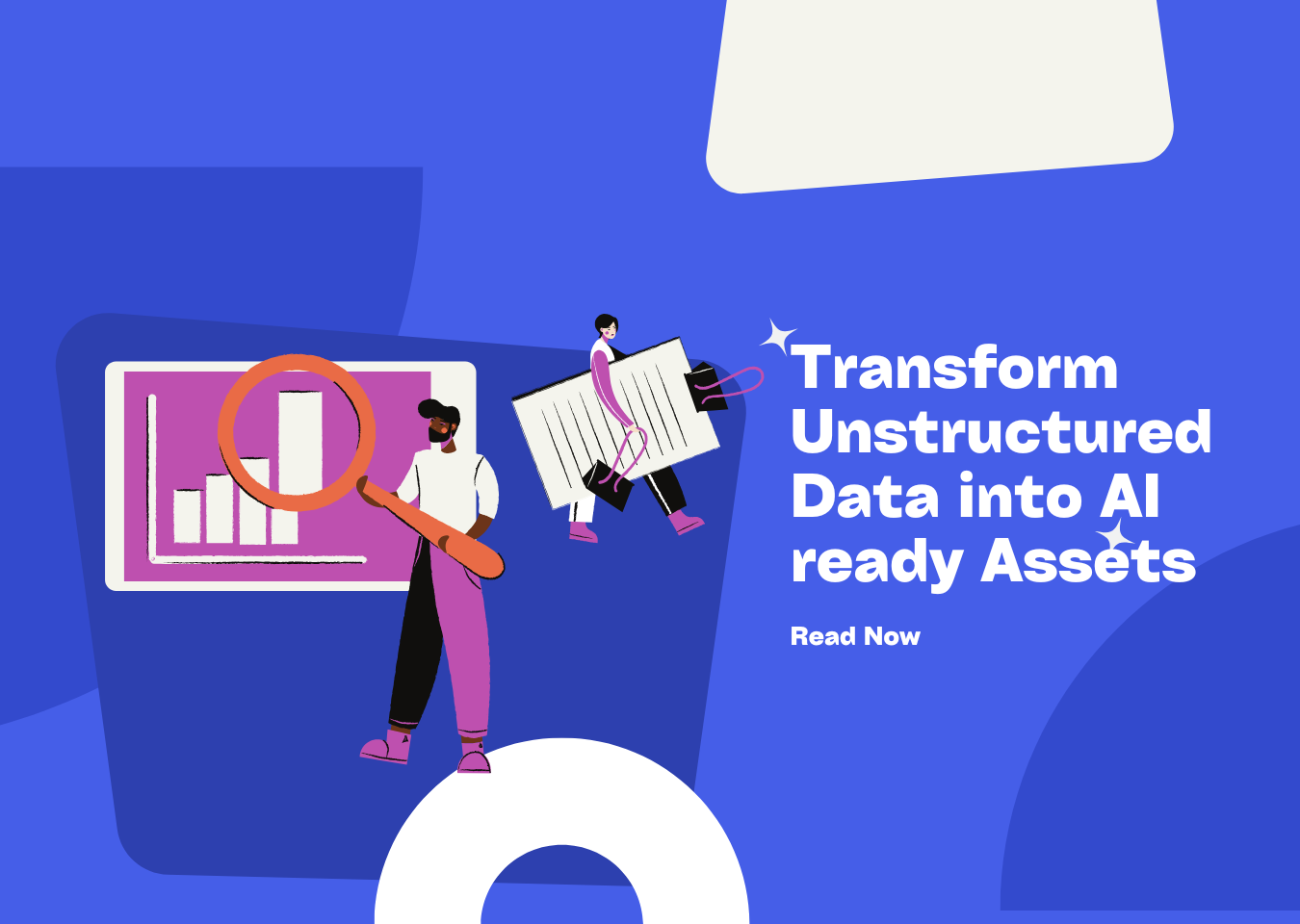Data Extraction Tools: Choosing the Best Data Extraction Software in 2025


Unlock the Power of Data: A Comprehensive Guide to the Best Data Extraction Software
In today’s data-driven world, the ability to efficiently extract and analyze information is crucial for making informed decisions. But manually extracting data can be a tedious and error-prone process. That’s where data extraction tools come in. These powerful tools automate the process of collecting data from various sources, saving you time and resources.
This guide will explore the world of data extraction tools, providing you with the knowledge to choose the best data extraction software for your specific needs. We’ll also highlight some of the best data extraction software available in 2025, considering factors like features, pricing, and ease of use. Let’s delve into data mining and discover the secrets of seamless data integration.
What are Data Extraction Tools?
Data extraction is the process of retrieving data from various sources and converting it into a format that can be easily analyzed and used. This process is vitally important across numerous industries, from finance to healthcare, as it enables organizations to make informed decisions based on accurate and readily available information. Businesses benefit from better business by using the correct data extraction tools.
Data exists in two primary forms: structured and unstructured. Structured data is organized in a predefined format, such as a database, making it easy to search and analyze. Unstructured data, on the other hand, lacks a specific format and includes things like text documents, images, and videos, thus requiring specialized tools for extraction. The data extraction process typically involves identifying the relevant data, extracting it from its source, and then transforming it into a usable format.
Types of Data Extraction Tools
The market offers a wide array of data extraction tools, each designed for specific purposes. Understanding the different types will help you choose the one that best fits your needs. Here’s a quick rundown:
- Web Scraping Tools: These tools, like Octoparse, WebHarvy, and ParseHub, are designed for extracting data from websites. They automate the process of crawling web pages and extracting specific information.
- API Extraction Tools: APIs (Application Programming Interfaces) provide a structured way to retrieve data from applications and services. These tools help you leverage APIs to access and extract the data you need.
- Database Extraction Tools: These tools, which include SQL queries and ETL tools, are used to extract data directly from databases. They allow you to specify the data you want to extract using queries or pre-built connectors.
- OCR (Optical Character Recognition) Tools: OCR tools, such as ABBYY FineReader and Klippa DocHorizon, convert scanned documents and images into machine-readable text, enabling you to extract data from these sources.
- Document Processing Tools: Tools like Rossum, Docsumo, and Nanonets are designed for extracting data from specific document types, such as invoices and receipts. They use AI and machine learning to accurately identify and extract relevant information.
- ETL (Extract, Transform, Load) Tools: ETL tools, such as Airbyte, Talend, and Hevo Data, consolidate data from multiple sources into a data warehouse. They extract data, transform it into a consistent format, and load it into the warehouse for analysis.
It’s important to note that many modern AI applications, especially those leveraging Retrieval-Augmented Generation (RAG) pipelines, require data to be transformed into a structured, AI-ready format. This is where tools like UndatasIO come into play, offering advanced capabilities to transform unstructured data into AI-ready assets.
Benefits of Using Data Extraction Tools
Implementing data extraction tools offers a plethora of benefits for businesses of all sizes. From streamlining operations to unlocking valuable insights, these tools can significantly impact your bottom line.
One of the primary advantages is increased efficiency and productivity. By automating the data extraction process, you can free up valuable time and resources that would otherwise be spent on manual data entry. This not only reduces manual effort and errors but also improves data accuracy and consistency. Furthermore, data extraction tools enable faster access to valuable insights, leading to better decision-making and ultimately, cost savings. Embracing these tools can be a brilliant boon for any forward-thinking organization.
Specifically, for AI application creators and those working within the RAG ecosystem, the benefits extend to faster model training, improved accuracy, and reduced development costs. UndatasIO, for example, provides a seamless solution for preparing unstructured data for AI, allowing developers to focus on building innovative applications rather than wrestling with data preparation.
Key Features to Look for in a Data Extraction Tool
Choosing the right data extraction tool requires careful consideration of several key features. The ideal tool should not only meet your current needs but also scale with your business as your data extraction requirements evolve.
- Accuracy: The tool should accurately extract data from various sources, minimizing errors and ensuring data integrity.
- Scalability: It should be able to handle large volumes of data without compromising performance.
- Flexibility: The tool needs to support different data formats and sources, allowing you to extract data from a wide range of locations.
- Ease of Use: A user-friendly interface and intuitive workflow are essential for making the tool accessible to users of all technical skill levels.
- Automation: The ability to automate the data extraction process is crucial for saving time and resources.
- Integration: The tool should be compatible with other tools and systems in your data ecosystem.
- Security: Protecting sensitive data during extraction and storage is of utmost importance.
- Pricing: Consider the cost-effectiveness and value for money when evaluating different tools. It is worth to make a careful calculation before deciding on a solution.
When evaluating tools for AI data preparation, consider features like intelligent data transformation, metadata enrichment, and support for various unstructured data formats. While tools like unstructured.io and LlamaIndex parser offer certain capabilities, UndatasIO distinguishes itself through its comprehensive feature set, ease of use, and focus on generating AI-ready assets.
Top Data Extraction Tools/Software in 2024
Here’s a look at some of the top data extraction tools available in 2024. Note: I am unable to provide real-time pricing or specific pros and cons without live data. Please refer to the tool websites for the most up-to-date information.
- Klippa DocHorizon: A document processing platform specializing in automated data extraction from various document types.
- Rossum: An AI-powered document processing platform designed for automating invoice processing and data extraction.
- Docsumo: A document AI platform that automates data extraction from unstructured documents.
- Nanonets: An AI-driven OCR and data extraction platform for automating document processing workflows.
- ABBYY FlexiCapture: An intelligent document processing platform that automates the extraction of data from documents.
- Octoparse: A web scraping tool that allows you to extract data from websites without coding.
- Airbyte: An open-source data integration platform that allows you to consolidate data from various sources.
- Talend: A data integration platform that provides a wide range of connectors for extracting data from different sources.
- Hevo Data: A data pipeline platform that automates the process of extracting, transforming, and loading data into a data warehouse.
- WebHarvy: A visual web scraper that allows you to extract data from websites by simply pointing and clicking.
- ParseHub: A web scraping tool that allows you to extract data from dynamic websites that use JavaScript and AJAX.
- UndatasIO: A powerful platform that transforms unstructured data into AI-ready assets, enabling faster AI application development and improved data accuracy.
(Screenshots and short videos demonstrating the tools in action would be included here in a live version of this article.)
Use Cases of Data Extraction Across Various Industries
Data extraction plays a crucial role in various industries, enabling organizations to gain valuable insights and make informed decisions. Let’s explore a few key use cases:
- E-commerce: Extracting product information, pricing data, and customer reviews to optimize pricing strategies and improve customer satisfaction.
- Finance: Extracting financial data, market trends, and risk assessments to make informed investment decisions and manage risk.
- Healthcare: Extracting patient data, medical records, and research findings to improve patient care and advance medical research.
- Marketing: Extracting social media data, competitor analysis, and lead generation to optimize marketing campaigns and improve ROI.
- Research: Extracting data from scientific publications, surveys, and datasets to conduct research and gain new insights.
These use cases often involve unstructured data, making robust data extraction and transformation capabilities essential. Solutions like UndatasIO streamline this process, allowing businesses to quickly leverage unstructured data for a competitive advantage.
Future Trends in Data Extraction
The field of data extraction is constantly evolving, driven by advancements in technology and the increasing demand for real-time insights. Here are some key trends to watch out for in the future:
- AI-powered data extraction: Using AI and machine learning to automate and improve data extraction accuracy, reducing the need for manual intervention.
- Real-time data extraction: Extracting data in real-time for immediate analysis and decision-making, enabling businesses to respond quickly to changing market conditions.
- Cloud-based data extraction: Utilizing cloud platforms for scalable and cost-effective data extraction, making it easier for businesses of all sizes to access and use data extraction tools.
- No-code data extraction: Making data extraction accessible to non-technical users through no-code platforms, empowering citizen data scientists and democratizing access to data.
- Increased focus on data privacy and security: Implementing robust security measures to protect sensitive data during extraction, addressing growing concerns about data breaches and regulatory compliance. Data security will continue to be a primary practice.
The rise of AI-powered data extraction is particularly relevant, as it enables more sophisticated handling of unstructured data. Platforms like UndatasIO are at the forefront of this trend, offering intelligent data transformation and enrichment capabilities that go beyond simple extraction.
Conclusion
Data extraction tools are essential for businesses and organizations that need to efficiently collect and analyze data from various sources. By choosing the right data extraction software, you can automate the process, improve data accuracy, and gain valuable insights.
Ready to unlock the power of data and transform unstructured information into AI-ready assets? Explore UndatasIO and discover how it can revolutionize your data extraction process. Learn More Here. Start automating your data extraction process today!
📖See Also
- In-depth Review of Mistral OCR A PDF Parsing Powerhouse Tailored for the AI Era
- Assessment-Unveiled-The-True-Capabilities-of-Fireworks-AI
- Evaluation-of-Chunkrai-Platform-Unraveling-Its-Capabilities-and-Limitations
- IBM-Docling-s-Upgrade-A-Fresh-Assessment-of-Intelligent-Document-Processing-Capabilities
- Is-SmolDocling-256M-an-OCR-Miracle-or-Just-a-Pretty-Face-An-In-depth-Review-Reveals-All
- Can-Undatasio-Really-Deliver-Superior-PDF-Parsing-Quality-Sample-Based-Evidence-Speaks
Subscribe to Our Newsletter
Get the latest updates and exclusive content delivered straight to your inbox